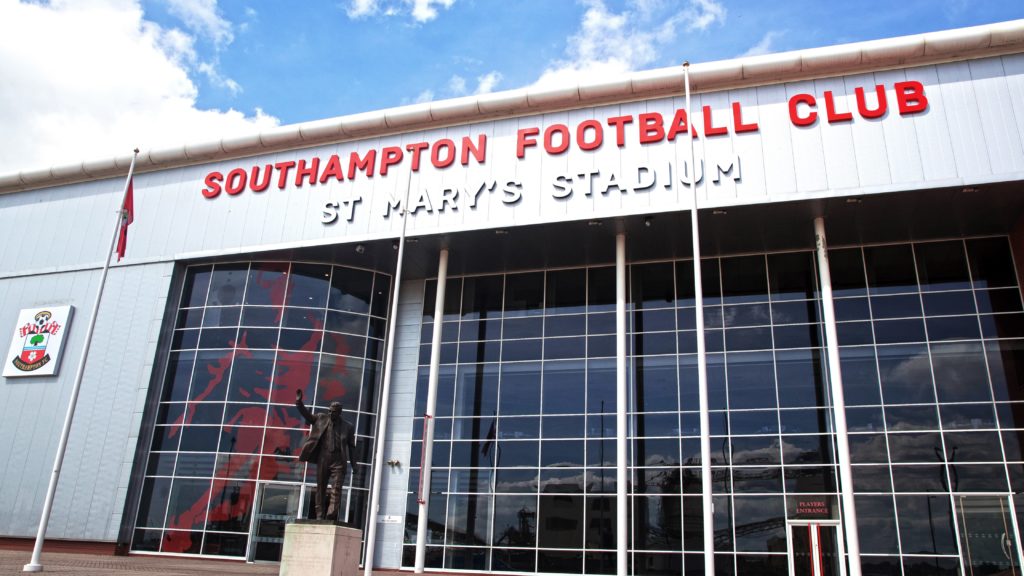by Jack Walkling, Head of Direct Marketing, Data & Analytics at Southampton Football Club
Consumers see thousands of marketing messages and adverts every day, posing a problem for marketers – how can they reach and engage with their audience in a memorable way? Personalised marketing is one of the most effective ways marketers and brands can reach their audience in this way. Audiences receive personalised messages based on their wants, needs, and data, allowing marketers to share personalised content.
History of Season in Numbers
Southampton Football Club is a professional football club that plays in the Premier League, the top tier of English football. Based in Hampshire, on England’s south coast, the club plays its home games in the 32,000 capacity St Mary’s Stadium, a stone’s throw from St Mary’s Church, where the club was formed in 1885.
Southampton FC’s annual Season in Numbers campaign has been running since 2017 and places our fan’s journey of the season at the forefront – making for emotive messaging throughout. The campaign has enabled us to share messaging and information based on the audience’s history rather than bombarding them with broad advertising messages likely to be ignored.
The concept – inspired by Year in Review campaigns such as Spotify Wrapped and EasyJet’s personalised travel campaign – was one of the first of its kind within the sphere of sport. It takes nearly 30,000 fan’s data into a bespoke algorithm and compiles a list of metrics, which we then use to create a customised video highlighting their statistics from the season, from the number of miles travelled to the number of goals witnessed and more, the campaign aims to help create a community that is proud of its support of Southampton Football Club.
The transformation of Season in Numbers
Another difficulty marketers face is the need to build on each campaign every year, making them bigger, better, and more memorable. Initially, our first Season in Number campaign took the format of a simple email report –that, while engaging, lacked inspiration and creativity. We then developed this from still text to moving images and gifs with personalisation for each fan embedded.
During the COVID-19 pandemic – which saw many sporting events cancelled – we were able to re-group and develop the campaign to what it is now. During this time, we understood the need to ensure emotive messaging was present throughout and drew upon the idea of using video to enhance this. We took this time to understand the key pillars of the campaign and what we wanted it to stand for. We wanted to surprise and delight fans and create bragging rights while continuing to push boundaries and be innovative and creative. As such, we ultimately wanted to reward our fans for their loyalty and make them feel proud of the football team they support and the family they are part of.

The success story
As a result of this transformation, we created 26,000 personalised videos, identified seven distinct audience segments, developed 15 possible narrative paths, and identified 20 unique data points. The open rate jumped to 85%, with a click-to-open rate of 63.8%, highlighting how successful and important it is to make our most engaged fans feel valued – which was at the heart of this campaign.
The Season in Numbers campaign experienced exponential success, achieving over double our average open rate and nearly ten times our average CTOR. One of the main reasons behind the level of success this campaign has experienced is our upfront investment in in-depth planning, research, and understanding – to develop the campaign into what it is now.
The reputation our Season in Numbers campaign held within our loyal fanbase also helped to enhance its success. Fans know that we will be delivering this campaign at the end of each season and as such, it has become highly anticipated each year. This has also created a sense of virtual excitement and competition where fans share their videos on social media, creating that sense of competition you’d expect from football fans.
Another element that contributed to the success of this year’s campaign was the timing of its launch; we took a strategic approach to share this campaign with our fans just before the 22/23 season started, rather than straight after the 21/22 season had ended. The reason for this was that it meant our fans had had enough time to ‘miss’ the emotive feeling they experience at a football game and created even more excitement for the upcoming season.
In an era where big tech companies are often criticised for monitoring user habits and data in depth, we have been able to package our fans’ data into a fun and engaging feature for them to share with their friends and family. The challenge we face next is how we continue to build on the success and history of this campaign while also fortifying the need to share emotional personal marketing messaging, which places the audience’s journey with us at the forefront.












